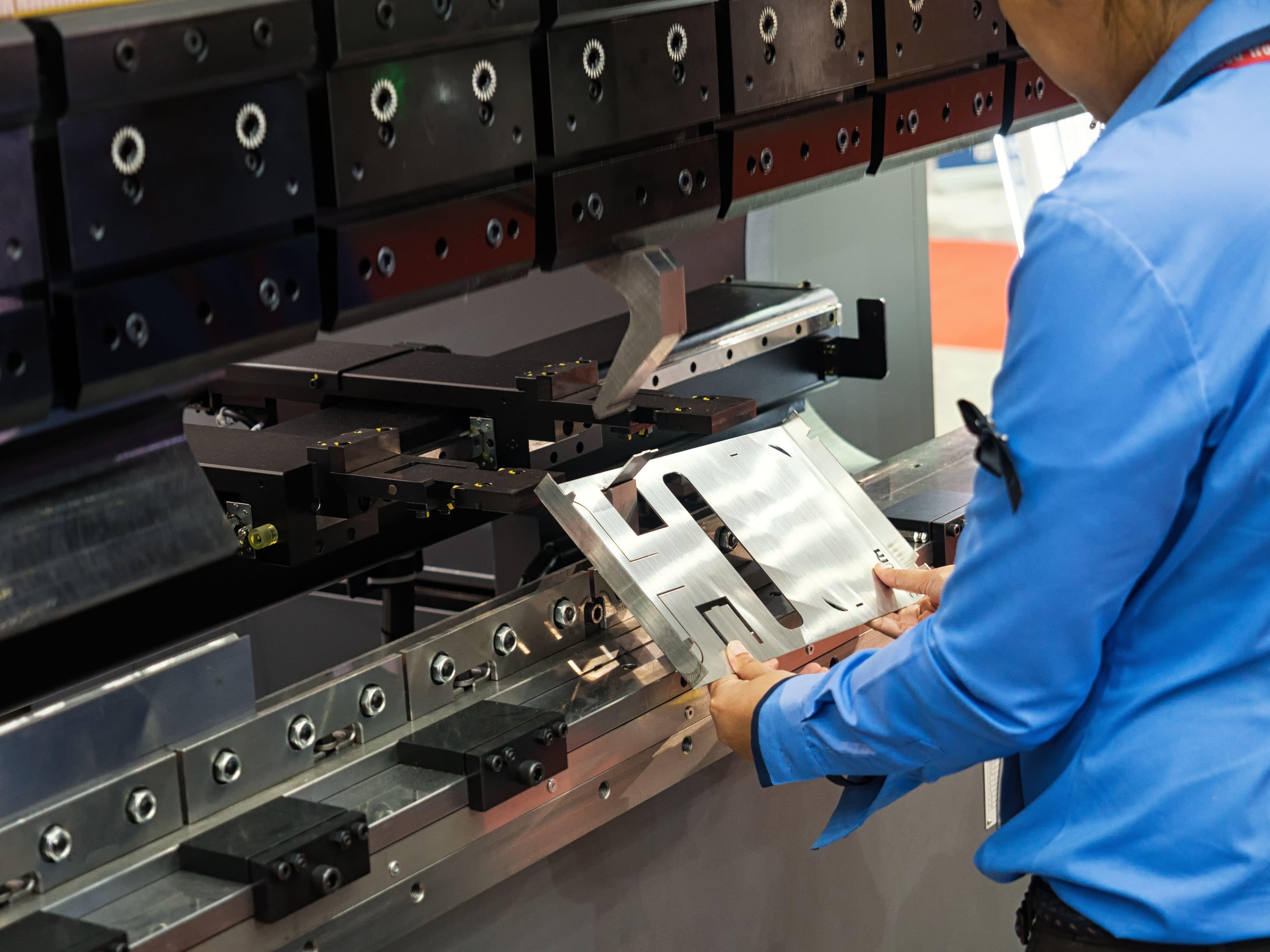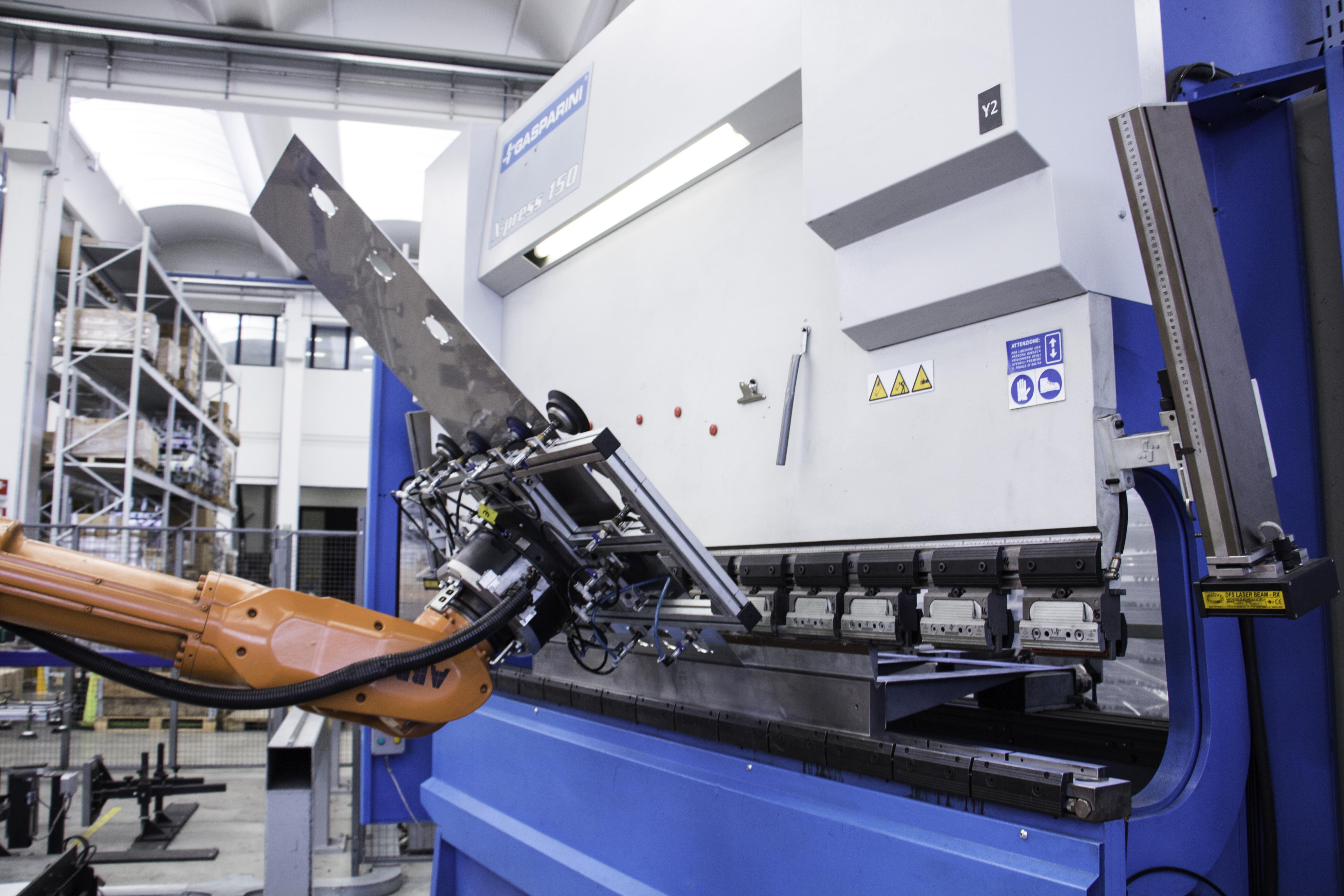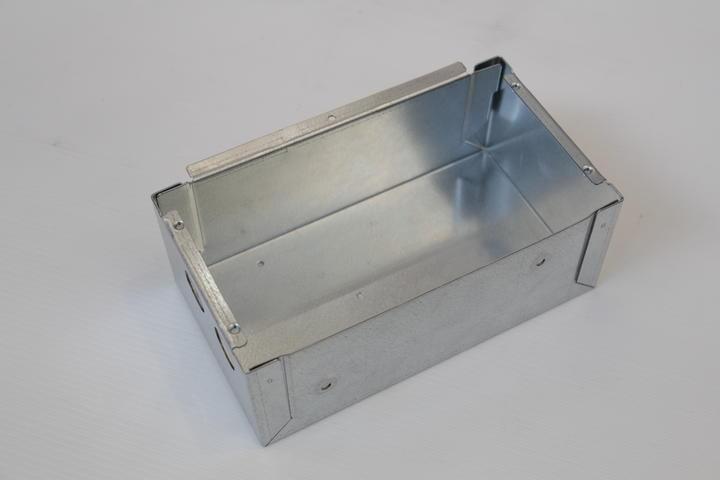Bending steel and stainless steel sheets
You’re wondering how the process of bending sheets of steel and stainless steel works? We are going to walk you through how we do it here in Minifaber: a service we offer to the worldwide market.Specifically, we are going to talk about:
- What are steel and stainless steel
- The process of bending sheets of steel
- The process of bending stainless steel sheets
- How we bend steel and stainless steel sheets

What are steel and stainless steel
Steel is an alloy of iron, with the addition of a little percentage of carbon - usually around 2% - 1% of manganese and small amounts of silicon, copper, phosphorus, sulphur and oxygen to improve its strength and resistance to fracture.
Carbon steel is by far the most produced and used metal for bending operations. It’s usually grouped into different categories, according to the percentage of carbon it contains:
- High-carbon steel, with carbon above 0.5 percent;
- Medium-carbon steel, with 0.2 to 0.49 percent carbon;
- Low-carbon steel, with 0.05 to 0.19 percent carbon;
- Extra-low-carbon steel, with 0.015 to 0.05 percent carbon;
- Ultralow-carbon steel, with less than 0.015 percent carbon.
The reasons for steel sheets’ popularity are strictly connected to its relatively low cost of making and processing, the abundance in nature of steel’s two raw materials (iron ore and scrap), and its wide range of mechanical properties.

The process of bending sheets of steel
Thanks to its features, the process of steel bending is relatively easy. In fact, steel is by far the most widely used material in the infrastructure field; it’s also used to fabricate an incredibly wide range of things, from sewing needles to oil tanks.
It’s funny to think that the tools required for bending sheets of steel are also made of steel; a testimony to its incredible adaptability to different uses.
Last but not least: steel is completely recyclable; possesses great durability; and, compared to other materials, requires relatively low amounts of energy to bend.

The process of bending stainless steel sheets
On the other hand, stainless steel contains at least 10.5% of chromium, less than 1.2% of carbon and other alloying elements - such as nickel and manganese - that enhance its resistance to corrosion and hardness.
Compared to bending sheets of steel, the process of bending stainless steel sheets is made a little more complicated by the fact that they have a strong tendency to rebound. For this reason, the bending angle for stainless steel sheets needs to be greater than that of steel; otherwise, there may be cracks.
Stainless steel combines ductility, elasticity and hardness. For this reason, it can be used in difficult bending operations, while offering resistance to heavy wear. Furthermore, it offers good mechanical behaviour at both low and high temperatures.
How we bend steel and stainless steel sheets in Minifaber
Here in Minifaber, we have a long established experience in bending steel and stainless steel sheets. In order to bring forward these operations, we rely on 7 bending machines and a very well trained Technical Office. Our staff, made of experienced professionals, sits down with the client to discuss the bending project, to make sure it’s brought forward in the best possible way, according to the client's needs.
